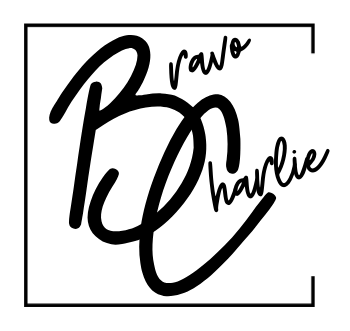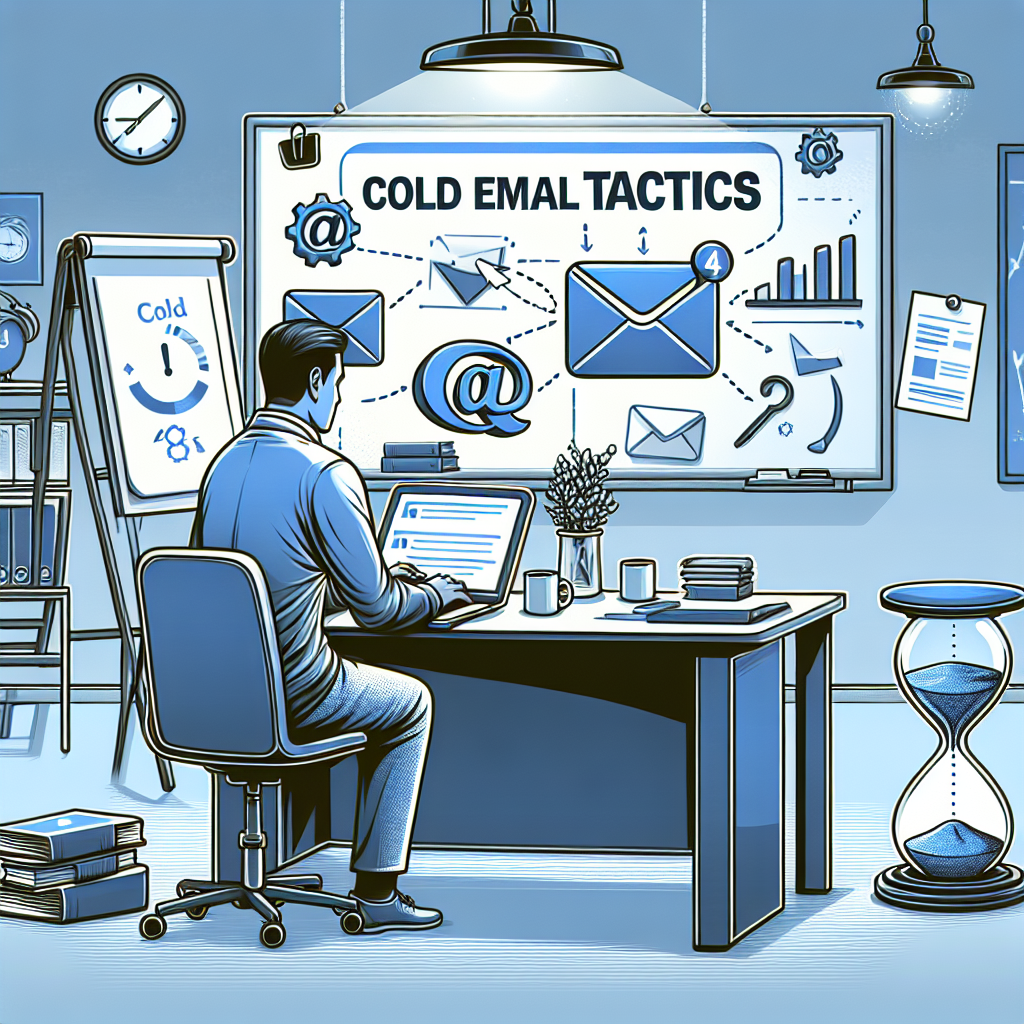Cold emailing is a powerful way to reach new clients. It can help you grow your business, get more leads, and improve your marketing. This article will show you amazing cold email tactics that truly resonate with recipients. These tactics can help turn your cold emails into gold!
What is Cold Emailing
Cold emailing means sending emails to people who do not know you or your business. Unlike warm emails, which go to people who have some relationship with you, cold emails are like a handshake from a distance. You need to make sure that your emails are friendly and engaging.
Why Use Cold Emailing
- Reach a Larger Audience: Cold emails can reach many people at once, giving you a chance to connect with potential customers.
- Cost-Effective: It does not cost much to send emails compared to other forms of marketing.
- Personal Touch: Good cold emails feel personal and can create a real connection with your readers.
Understanding Your Audience
Knowing your audience is key to writing effective cold emails. To capture attention, you should:
- Identify Your Target Market: Understand who your ideal customers are.
- Create Buyer Personas: Make profiles of your best customers to see what they like.
- Research Their Needs: Look at what challenges your target audience faces.
By understanding your audience, you can create emails that speak directly to their needs.
Crafting the Perfect Subject Line
Your subject line is the first thing people see in their inbox. It can make or break your email. Here are some tips for writing effective subject lines:
- Keep It Short: Aim for 6-10 words. Short and sweet gets noticed.
- Create Curiosity: Use words that spark curiosity, such as “amazing” or “surprising.”
- Use Numbers: Lists catch attention. For example, “5 Tips for Success” sounds appealing.
Choose a subject line that stands out and makes people want to open your email.
Writing Engaging Email Content
Now that you have a great subject line, let’s dive into the body of the email. Here are steps to keep your reader glued to your message:
Create a Strong Opening
Start with a sentence that grabs attention. Use a friendly greeting and introduce yourself. For instance, you could say:
- Hi [Name], I hope this email finds you well!
Keep It Personal
Your emails should feel personal. Mention a specific detail about the person or their business. This shows that you did your homework. Here’s how you can do it:
- I noticed your company recently launched a new product. That’s exciting!
Focus on Value
Always explain why your email matters to the reader. Ask yourself, “What’s in it for them?” Focus on how your offer can help solve their problems or improve their lives:
- Our service can help you save time and increase sales.
Use Clear and Simple Language
Avoid jargon and complex words. Write clearly and simply so your message is easy to read:
- Instead of saying “utilize,” say “use.”
Include a Strong Call to Action
At the end of your email, tell the reader what you want them to do next. This could be scheduling a call or visiting your website:
- Let’s set up a time to talk! How does Tuesday sound?
Building Trust with Your Emails
Building trust is key for cold emailing. People are more likely to respond if they trust you. Here are some tips:
Use Testimonials or Social Proof
If you have satisfied customers, mention them in your email. This helps new customers feel confident in your service:
- “We helped ABC Company increase their sales by 30% in just three months.”
Be Honest and Authentic
Honesty wins hearts. Do not over-promise on what you can deliver. Always keep it real and straightforward.
Follow Up
If someone does not respond, it’s okay to send a follow-up email. A friendly reminder shows that you are genuinely interested:
- “I just wanted to follow up on my last email. Did you have a moment to look it over?”
Timing Your Cold Emails Right
Good timing can significantly impact your email’s success:
Send at the Right Time of Day
Research shows that sending emails in the morning generally yields better results. Aim to send emails between 9 AM and 11 AM for the best response rates.
Avoid Mondays and Fridays
Many people are busy catching up on Mondays or winding down on Fridays. Instead, try sending your emails from Tuesday to Thursday.
The Power of A/B Testing
A/B testing helps you find what works best for your audience. By sending two versions of your email, you can see which one gets better responses:
- Test Different Subject Lines: Try two different subject lines to see which one gets more opens.
- Vary Your Call to Action: Experiment with different calls to action to determine what drives more responses.
Analyze and Learn
After your tests, analyze the results. Look at open rates and click-through rates. This lets you learn what your audience loves and improves your future emails.
Tools to Enhance Your Cold Emailing
Using the right tools can make your cold emailing much easier:
Email Automation Tools
Tools like Mailchimp and HubSpot can help automate your emails and follow-ups, saving you time.
Analytics Tools
Google Analytics helps you measure how well your emails perform. Keep an eye on crucial metrics to continuously improve your strategy.
CRM Systems
Using a Customer Relationship Management (CRM) system lets you track interactions with potential clients. This helps you keep everything organized.
Avoiding Common Cold Email Mistakes
Even the best of us make mistakes sometimes. Here are some common missteps to avoid:
Poor Personalization
Never send generic emails. According to research, personalized emails get 29% higher open rates than generic ones.
Overly Long Emails
Keep your emails brief and to the point. Longer emails often get ignored.
Ignoring Grammar and Spelling
Spelling and grammar mistakes can make you look unprofessional. Always proofread your emails before hitting send.
Creating an Ongoing Cold Email Strategy
Cold emailing should not be a one-time process. Creating a strategy allows you to consistently reach out to potential clients:
Make a Schedule
Set a schedule for sending your cold emails. This keeps you accountable and ensures you are consistently reaching your audience.
Continuously Learn and Improve
Stay updated on the latest trends in email marketing. Attend webinars, read articles, and participate in workshops to learn new techniques.
Monitor Your Success
Keep track of your results and make adjustments based on what you learn. This continual improvement is key to successful outreach.
Conclusion
Transforming your outreach with cold email tactics that resonate can be a game changer for your business. By understanding your audience, crafting engaging emails, and building trust, you can create impactful messages. Always keep learning and refining your approach to achieve the best results.
Make sure to apply these tactics in your next email campaign and watch as your outreach grows!
Key Takeaways
- Understand your audience to make your emails relevant.
- Write engaging subject lines that grab attention.
- Use personal touches to connect with your readers.
- Include a strong call to action to encourage replies.
- Utilize tools and strategies for effective outreach.
By following these steps, you can transform your outreach with cold email tactics that truly resonate. Start today and see the results you can achieve!

